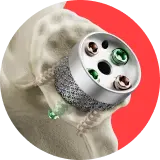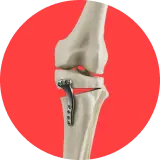Procedures / Spine
Posterior Spinal Fussion
Tailor Surgery enables surgeons to place pedicle screws with unparalleled precision, safety, and efficiency—ensuring the best possible outcomes for each patient.

Precision
Guarantees the optimal trajectory for each patient’s pedicle screws.
Control
Maintain full control over drilling depth to reach the vertebral body—and nothing more.
Anatomical 3D Planning
Get a detailed preview of the optimal screw size and placement. Identify critical anatomical variations—such as small or atypical pedicles—with guidance from spinal surgery specialists.
POSTERIOR SPINAL FUSSION
Our 2 Personalized Solutions

CORE SOLUTION
- ✓ 3D Surgical Planning
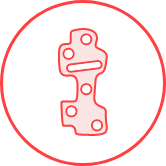
ADVANCED SOLUTION
- ✓ 3D Surgical Planning
- ✓ Personalized Surgical Guide for Standard Implants
LEVEL 1
CORE SOLUTION
Get a comprehensive digital surgical plan that includes all necessary information for pedicle screw placement.
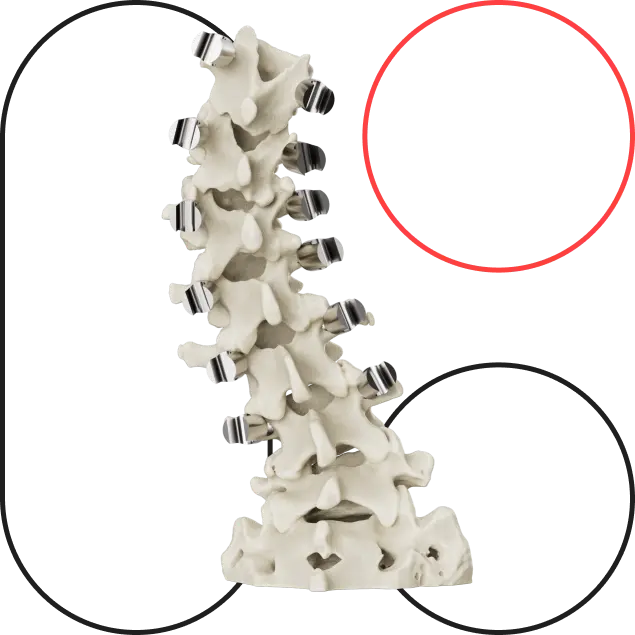
Screw Length and Diameter Recommendations
Receive a full digital surgical report outlining the ideal screw length and diameter at each vertebral level.
All the Data You Need in Advance
Identify potential risks such as hypoplastic pedicles or anatomical irregularities before entering the operations room.
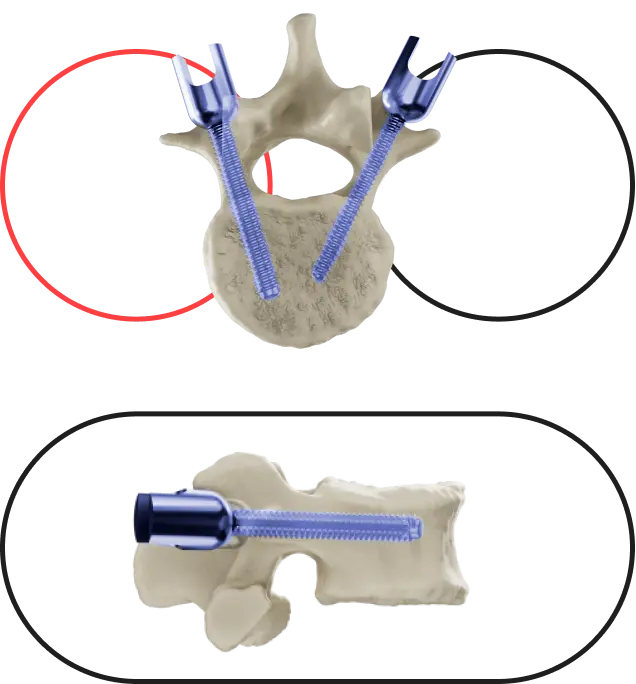
Get your Core Solution in 48 Hours
LEVEL 2
ADVANCED SOLUTION
Take it one step further with our patient-specific Pedicle Screw Positioning Guides.
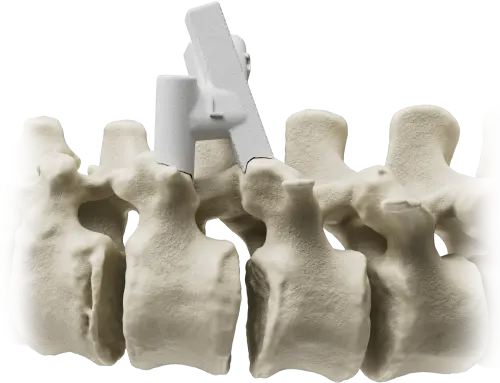
Control the Depth and Direction of the Drill
Receive a full set of Patient-Specific Guides—one per vertebra—to precisely control the drilling angle and depth. All required instruments to perform guided drilling and secure guide positioning are included.
Get your Advanced Solution in 4-5 days

Clinical Indication
✓ Correction of spinal deformities
✓ Treatment of spondylolysis and spondylolisthesis
✓ Relief of chronic pain caused by disc degeneration
✓ Stabilization of vertebral instability

Compatibilities
This solution is compatible with the leading posterior spinal fixation systems.
SCIENTIFIC EVIDENCE:
- Marcoin, A., Nerot, C., Lestra, T., Blasco, L., Ferrier, A., Siboni, R. and Ohl, X., 2020. The precision of patient-specific instrumentation guides for the positioning of the glenoid component in total reverse shoulder arthroplasty: an in vivo scanographic study. International Orthopaedics, 44(9), pp.1761-1766.
- Villatte, G., Muller, A., Pereira, B., Mulliez, A., Reilly, P. and Emery, R., 2018. Use of Patient-Specific Instrumentation (PSI) for glenoid component positioning in shoulder arthroplasty. A systematic review and meta-analysis. PLOS ONE, 13(8), p.e0201759.
- Walch, G., Vezeridis, P., Boileau, P., Deransart, P. and Chaoui, J., 2015. Three-dimensional planning and use of patient-specific guides improve glenoid component position: an in vitro study. Journal of Shoulder and Elbow Surgery, 24(2), pp.302-309.
- Boileau, P., Cheval, D., Gauci, M., Holzer, N., Chaoui, J. and Walch, G., 2018. Automated Three-Dimensional Measurement of Glenoid Version and Inclination in Arthritic Shoulders. Journal of Bone and Joint Surgery, 100(1), pp.57-65.
- Srivas, P., Kapat, K., Dadhich, P., Pal, P., Dutta, J., Datta, P. and Dhara, S., 2017. Osseointegration assessment of extrusion printed Ti6Al4V scaffold towards accelerated skeletal defect healing via tissue in-growth. Bioprinting, 6, pp.8-17.
- Xiong, Y., Wang, W., Gao, R., Zhang, H., Dong, L., Qin, J., Wang, B., Jia, W. and Li, X., 2020. Fatigue behavior and osseointegration of porous Ti-6Al-4V scaffolds with dense core for dental application. Materials & Design, 195, p.108994.
TAILOR SURGERY SOLUTIONS
All Our Procedures
Can’t find what you need?
We can do a completely personalized surgery for you. Contact us!

